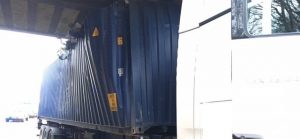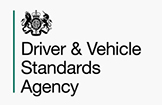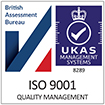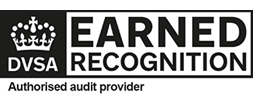Take action to avoid bridge strikes
Bridge strikes cause serious delay to rail services and other road users. Where buses are involved, there can also be injuries and even deaths. Operators are legally required to have systems in place to prevent bridge strikes occurring.
One large operator took action when they were involved in bridge strikes last year, including the use of route planning software. Here’s what happened.
Learning lessons

Following the first bridge strike, the operator investigated and rolled out fresh training for drivers, transport managers and planners. They also made sure that all sites had height measurement gauges. Following a second bridge strike, they realised they needed to do more, and explained what action they were going to take at a recent public inquiry in Bristol.
They commissioned a transport management solutions provider to develop a bespoke route planning system designed to prevent bridge strikes. Each vehicle and trailer in the fleet has an established running height on its technical record.
Route planning software
When a job is routed, the software identifies remotely which vehicle and trailer are being used. It requests the driver to input the running height. This is to check that the driver knows what it is. The system then automatically provides a route that avoids any low bridges. If the driver deviates from the route, the system generates a warning.
If there are any unexpected or unmapped obstructions, such as temporary works, the driver has confirmed that they are aware of the running height and so provides the fallback.
This is the sort of system that TCs expect operators to be putting in place. Don’t wait until you hit a bridge before you do.
The TC annual report
Here’s what our annual report says about the approach the traffic commissioners will take to bridge strikes:
“Traffic commissioners address these incidents in the same way as any other serious incident, on a case by case basis. As commissioners have repeatedly made clear, regulatory action hangs over those operators who fail to take appropriate action.
“We understand that there can be issues with signage itself and road surface repairs impacting accuracy. However, the commercial vehicle industry has overcome far more complex matters and we are pleased that the trade associations are engaged with Network Rail on this.“
You should read Network Rail’s guidance on avoiding bridge strikes





